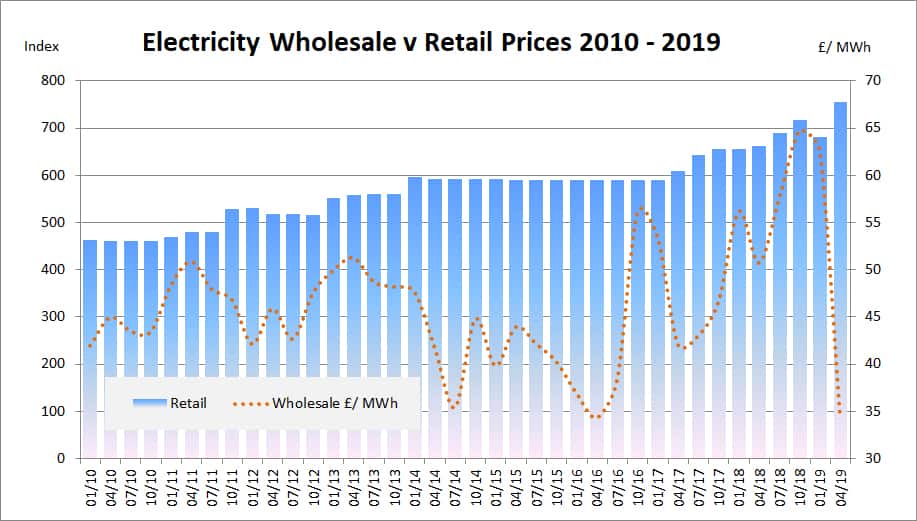NO, no, and thrice no.That would only be true if all electricity was generated from gas or coal, and there was no nuclear, hydro, wind or solar power.
But there is, and it isn't.
Hydro reacts very fast to fluctuations, even though its capacity is small.
Go back and read again. When you add a load onto the grid, then (simplifying and assuming there are no other changes), there has to be a balancing increase in generator output to match it - if not then the whole grid will slow down a bit. So "somewhere" a generator will have to "open the taps" a bit.
Wind and solar (almost) always run at maximum output for the conditions - and if the grid can't take it (not that often, usually only triggered by good winds in Scotland and the north-south grid connections reaching capacity*) then the generator operator actually gets paid extra. It's the result of a system where the energy companies are near enough obliged to buy all the renewables output before they are allowed to use anything else. Thus the increase in output cannot come from them.
Small scale hydro also typically runs at max output for the available supply of water. As it happens, at work we used to have a customer that put in an 87kW turbine and he gave me the password for the status portal - it was quite interesting being able to look at the historical graphs and correlate recent rainfall with the water level and see how the control system would back off the output if the water level in the stream dropped below a set level. Larger scale hydro may be used for rapid acting frequency control, but as you say, it's capacity is limited - and it's "unlikely" that your increased load will run off that for long.
Nuclear is not used for load following - the plant just isn't designed for it. From observation, it's not very common for it to be changing much in output even during the overnight dips in demand (unless renewables output is high, and demand particularly low). Economy 7 was brought in to specifically keep overnight demand up so as to allow the nuclear plants to remain on full output.
So we are left with - gas and, to a much lesser extent, coal are used to provide the bulk of variable output. Study the graphs on Gridwatch or NETA and you'll see that this is the case (though I don't think the presentation in the new NETA site is half as good for that).
And really, it doesn't matter if we've zero nuclear or 10GW nuclear, zero wind or 10GW wind, ... Unless there is ZERO gas and coal output, then the incremental load from switching something on - in the UK at least - is supplied by a gas or coal station. Very short term it may be a bit of hydro, over a period of more than minutes it's going to be gas, and over timescales measured in hours it's probably going to get transferred to coal. That incremental load CANNOT be supplied by wind or solar, or realistically hydro other than for a short term, as their output is already being used elsewhere.
* As an aside, one of the design considerations for the 400kV grid upgrade to connect the planned Moorside nuclear plants in Cumbria is to provide an additional 400kV north-south connection. At present, according to a recent presentation I went to, there's only one over on the east side of the country - on this side there's only 132kV running up the coast to (what was) Calder Hall and then on up to Carlisle.


